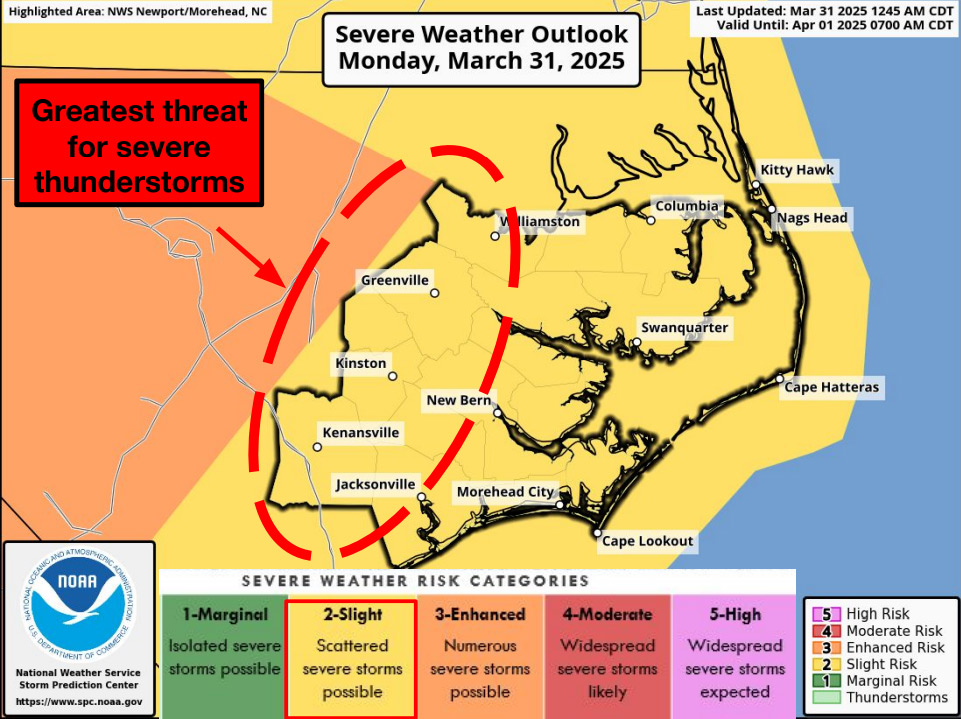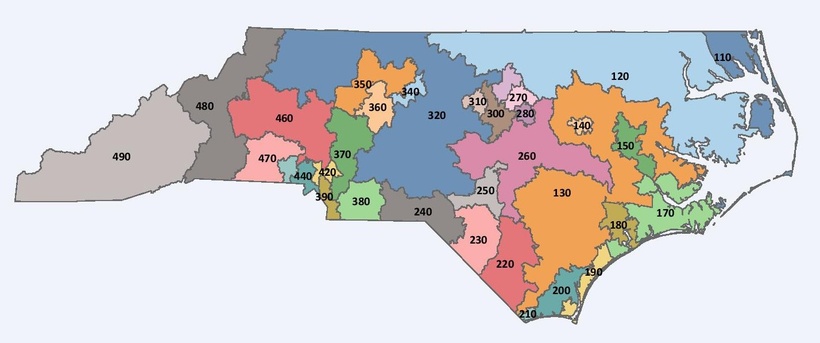Night Sky: Three meteor showers, and more highlights for December

How Many Stars Can You See?
This is M45, the Pleiades. With a visual magnitude of +1.5, it’s an easy star cluster to spot. M45 will be visible just above the eastern horizon just after sundown throughout December. Most people can spot five or six stars in the cluster. If the night is clear and dark, and you give your eyes a few minutes to adjust to the dark, you might be able to spot 11 or more stars. NASA claims the whole cluster is composed of more than 1,000 stars.
The Pleiades is more than just a star cluster. It is also a cluster of numerous reflection nebulae. There is a cloud of reflective dust that appears to be moving through the cluster. The first (and brightest) of these nebulae was discovered in 1859 by the Italian astronomer, Wilhelm Tempel. It was named the Merope Nebula after the star it surrounds. The Merope Nebula has a visual magnitude of +4.19 and is 360 lightyears away from us.
What you can look for in December’s Night Skies
Venus continues to dominate the pre-dawn sky! It rises at about 3:20 a.m. and will be about 30 degrees above the eastern horizon at 6:00 a.m. With a visual magnitude of -4.2, it’s simply stunning!
You can look at both the Pleiades and Jupiter in the eastern skies right after sundown. As the skies darken, Jupiter will be about 28 degrees above due East, while M45 is 16 degrees above it and slightly to the NE.
If you have a very clear night and wait until the skies get really dark, you should be able to see Uranus just about halfway between Jupiter and the Pleiades. It will appear to be a faint blue star that doesn’t twinkle. I observed it four times during November. (I also had several clear nights when I could not pick it out.) I had to let my eyes adjust to the darkness for about 10 minutes before I could see the planet, but I found it exciting to look at another world that’s almost two billion miles away from us!
The Geminid Meteor Shower will peak on December 14, but it can be seen from the 4th through the 20th. The Geminids can produce up to 150 shooting stars per hour. Expect the action to start as early as 8 p.m. on December 14. Simply look towards the Gemini Twins, Castor, and Pollux. On the 14th, they should be about 30 degrees above the eastern horizon at 8 p.m., but the best viewing will be after midnight. If you go out late, remember the shooting stars appear to originate from the Twins, so you’ll have to look higher in the skies to see the action.
The Ursids Meteor Shower runs from December 17 until December 26. It will peak on the night of December 22. This is a much smaller event than the Geminids. You should expect about 10 shooting stars per hour, but the Ursids have been known to produce over 150 meteors per hour. The Ursids will appear to emanate from the Little Dipper, Ursa Minor. The shower should be visible all night.
The Quadrinids Meteor Shower peaks in January, but you might be able to see some action from it starting December 27. Last year, this turned out to be one of the best meteor showers of the year. On December 30, 2022, I viewed pretty much continuous shooting star activity for close to an hour around 10 p.m. The Quadrinids originate a little behind the handle of the Big Dipper.
Moon Phases:
Last Quarter is December 5
New Moon is December 12
1st Quarter is December 19
Full Moon is December 26
















